Types of Beaks
Introduction:
Bird beaks, also known as bills, are remarkable structures that have evolved over millions of years to serve a multitude of functions essential for a bird’s survival. The diversity in beak shapes and sizes is a testament to the incredible adaptability of avian species to their environments and dietary requirements. Each beak type is a specialized tool that reflects the specific needs and behaviors of different bird species.

Pointed Beak:
A pointed beak is a slender, tapering beak that comes to a fine point at the tip. It is a specialized structure adapted for precision and is often used for probing into crevices or extracting insects from various surfaces.
Function:
The pointed beak is designed for precision in feeding. It allows birds to carefully search for and extract insects, larvae, or other small prey hidden in tight spaces such as tree bark or crevices. This beak type is advantageous for birds that rely on meticulous foraging methods to find their food.
Examples:
Woodpeckers:
Woodpeckers are notable examples of birds with pointed beaks. Their beaks are well-suited for drilling into wood to locate and extract insects hiding beneath the bark.

Nuthatches:
Nuthatches also possess pointed beaks. These birds use their beaks to probe and pry into the bark of trees in search of insects and larvae.
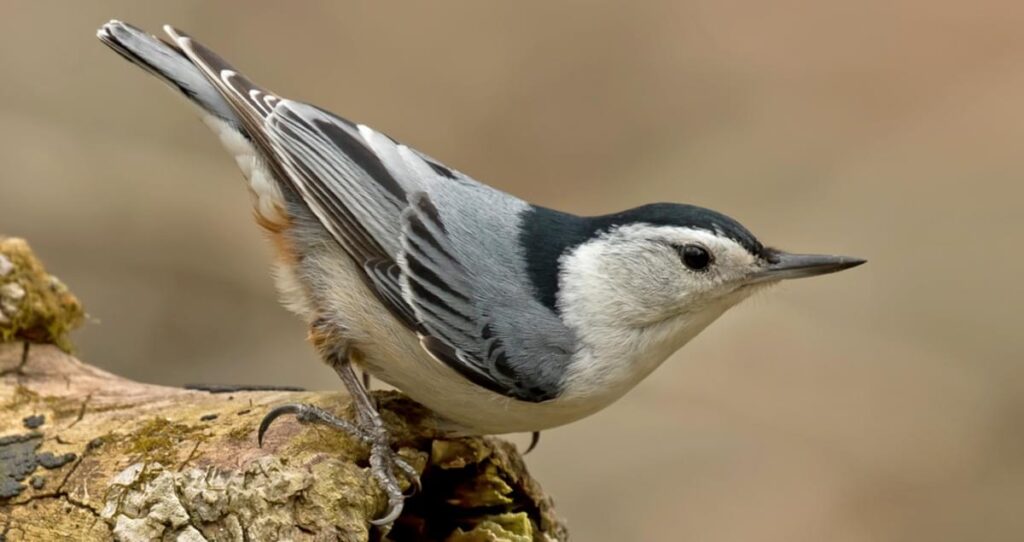
Conical Beak:
A conical beak is characterized by its tapered and pointed shape, resembling a cone. It is a versatile beak structure that is adapted for a variety of feeding habits.
Function:
The conical beak’s primary function is to handle a diverse diet, with an emphasis on seed-eating. The pointed tip allows for precision in grasping and manipulating small seeds. This beak type is not limited to seeds, however, as it can also be used for consuming small fruits and insects. Its versatility makes it advantageous for birds that inhabit environments where a variety of food sources are available.
Examples:
Sparrows:
Sparrows are common examples of birds with conical beaks. Their beaks are well-suited for cracking seeds, making them efficient seed-eaters.
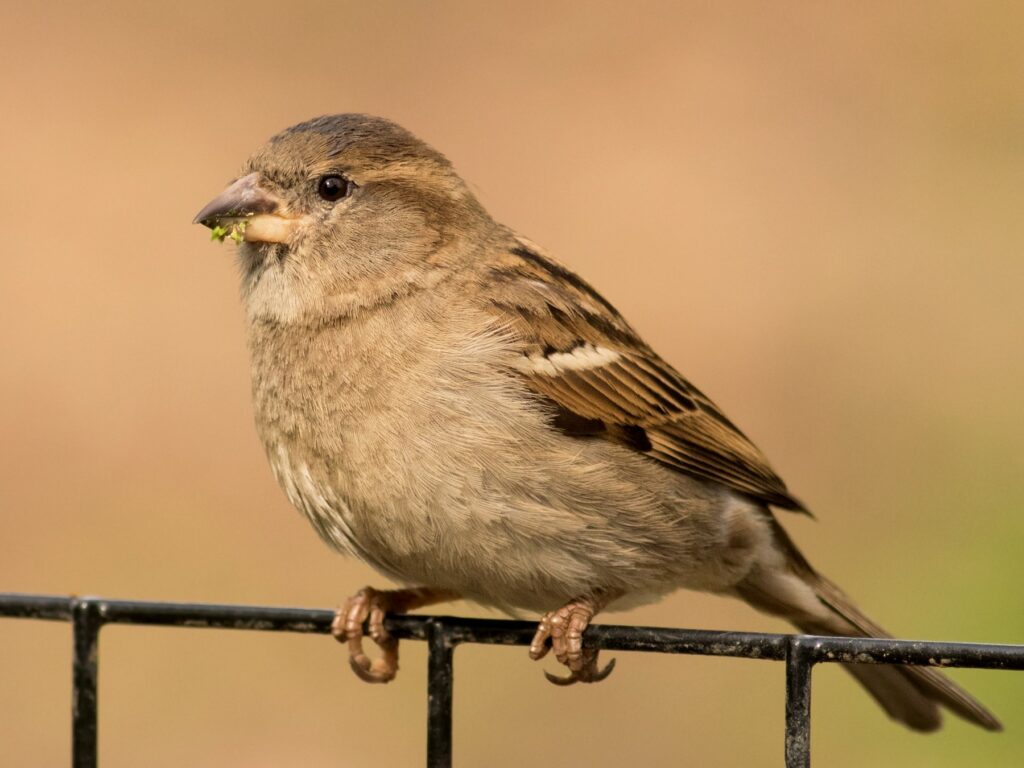
Finches:
Finches also have conical beaks, which they use for grasping and breaking open seeds. The size of the beak can vary among different finch species based on their specific dietary preferences.

Canaries:
Canaries, known for their melodious songs, have conical beaks adapted for manipulating and consuming seeds.

Hooked Beak:
A hooked beak is characterized by its sharply curved shape, resembling a hook or talon. The upper mandible (the top part of the beak) has a pronounced downward curve, forming a sharp point. This adaptation is well-suited for a carnivorous diet and is often associated with birds of prey.
Function:
The primary function of a hooked beak is to facilitate the carnivorous feeding habits of certain bird species. The hooked shape allows for a strong grip on prey, and the sharp tip assists in tearing flesh and breaking bones. This beak adaptation is crucial for raptors, as it enhances their efficiency in hunting and consuming a diet primarily consisting of other animals. The hooked beak, in combination with powerful talons, forms a formidable toolset for birds of prey in their role as skilled hunters in the avian world.
Examples:
Eagles:
Eagles, such as the Bald Eagle, possess hooked beaks that aid in tearing apart the flesh of their prey, which is often fish or small mammals.

Hawks:
Various hawk species, like the Red-tailed Hawk, exhibit hooked beaks designed for catching and consuming small vertebrates.

Falcons:
Falcons, including the Peregrine Falcon, have hooked beaks that enable them to swiftly capture and dispatch their avian prey mid-air.

Long, Straight Beak:
A long, straight beak is characterized by its extended and slender shape, typically devoid of curvature. This type of beak is adapted to reach deep into flowers, plants, or other narrow spaces, allowing birds to extract nectar, insects, or other food sources.
Function:
The primary function of a long, straight beak is to reach deep into specialized sources of food that may be inaccessible to birds with shorter or differently shaped beaks. This adaptation is particularly useful for feeding on nectar from tubular flowers, extracting insects from crevices, or foraging in environments where resources are hidden or difficult to reach.
Examples:
Hummingbirds:
Hummingbirds have long, needle-like bills that facilitate reaching the depths of flowers. Their extended beaks are specialized for feeding on nectar.

Ibises:
Ibises possess long, thin bills, often with a downward curve at the tip. These beaks are ideal for probing into mud and shallow water to locate and capture small aquatic invertebrates.

Sword-billed Hummingbird:
The sword-billed hummingbird has an exceptionally long, straight bill, longer than its body. This unique adaptation allows it to feed on flowers with long corollas.

Spoon-shaped Beak:
A spoon-shaped beak is characterized by its broad and flattened shape, resembling the concave form of a spoon. The beak is widened at the tip, creating a structure that is efficient for a specific set of feeding behaviors.
Function:
Filter-Feeding: Birds with spoon-shaped beaks typically feed by swinging their bills side to side in the water. As the bill moves, the flattened shape helps in trapping small aquatic invertebrates, crustaceans, and other food items.
Efficient Foraging: The design of the spoon-shaped beak is advantageous for efficient foraging, allowing the bird to cover a wide area and capture prey with precision.
Examples:
Northern Shoveler :
This duck species is known for its large spoon-shaped bill, which it uses to filter small aquatic invertebrates and plant material from the water.

Roseate Spoonbill:
A wading bird found in the Americas, It uses this bill to sweep through shallow water, capturing small fish and crustaceans.

Crossed Beak:
A crossed beak, also known as a crossed bill or scissor beak, is a deformity in a bird’s beak where the upper and lower mandibles do not align properly, crossing over each other. This malformation can occur due to genetic factors, developmental issues, or nutritional deficiencies during the bird’s early growth stages.
Function:
A crossed beak can significantly impact a bird’s ability to feed and perform other essential tasks. Depending on the severity, the functional implications may include difficulty grasping and manipulating food, challenges in preening feathers, and potential hindrance in activities like building nests or caring for offspring.
Examples:
Crossed beaks can be found in various bird species, both domestic and wild. Common examples include chickens, ducks, parrots, and finches. The severity of the crossing can vary, ranging from a slight misalignment to a more pronounced and debilitating condition.


Curved Beak:
A curved beak is characterized by its gently arched or hooked shape, with the upper and lower mandibles curving towards each other. This distinctive curvature aids birds in various tasks such as manipulating objects, extracting food, and, in some cases, cracking open tough shells.
Function:
Seed and Nut Cracking: The curvature of the beak allows for effective cracking of hard seeds and nuts, providing access to the nutritious contents inside.
Object Manipulation: Birds with curved beaks, particularly parrots, use them for manipulating objects in their environment. This is essential for activities such as nest-building and tool usage.
Predatory Behavior: In birds of prey, the curved beak is a formidable tool for capturing and tearing apart prey. The hook facilitates a secure grip on the prey’s body.
Examples:
Parrots:
Parrots are known for their strong, curved beaks, which are adapted for climbing, manipulating objects, and cracking open seeds and nuts.

Hawks and Falcons:
Birds of prey, including hawks and falcons, often possess a hooked beak that is well-suited for tearing flesh and consuming prey.
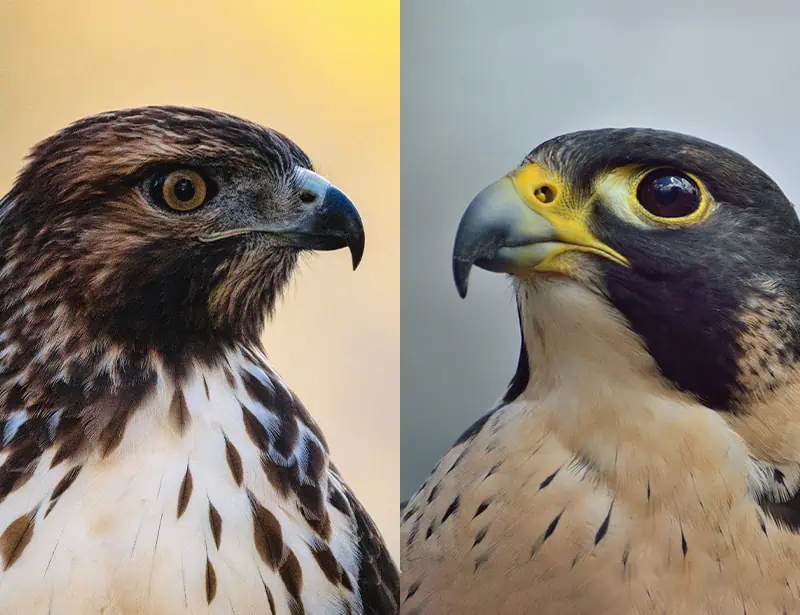
Chisel-shaped Beak:
A chisel-shaped beak is characterized by a pointed, sturdy, and slightly curved structure resembling a chisel tool. The upper and lower mandibles meet sharply, forming a beak that is well-suited for specific feeding behaviors.
Function:
The chisel-shaped beak of toucans serves a dual purpose. Firstly, it is adapted for manipulating and consuming a variety of fruits. Toucans primarily feed on fruits, and their chisel-shaped beaks enable them to grasp, slice, and manipulate a range of fruit sizes.
Examples:
Toucans, a family of tropical birds found in Central and South America, are notable examples of birds with chisel-shaped beaks. There are various species of toucans, each with its unique size and coloration, but they share a common chisel-shaped beak.
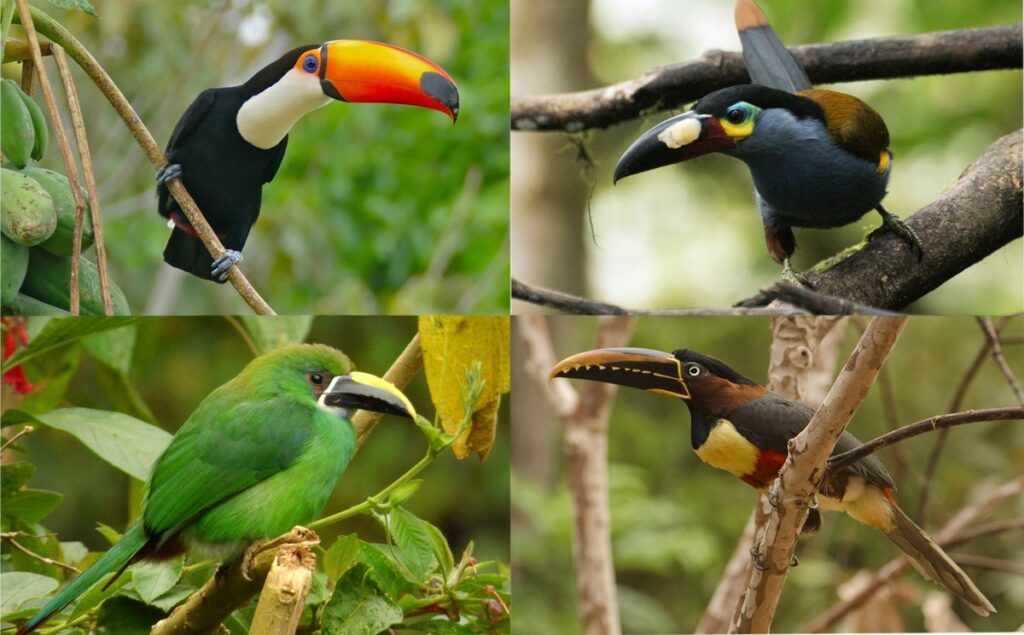
Tube-shaped Beak:
A tube-shaped beak is characterized by its elongated, slender structure, often tapering to a point. This specialized beak shape is adapted for specific feeding behaviors, particularly the extraction of nectar from flowers.
Function:
The primary function of a tube-shaped beak is to efficiently extract nectar from flowers. The design of the beak allows these birds to access the deep, concealed nectar reserves within the floral structures. This adaptation is highly specialized for a nectarivorous (nectar-eating) diet and is associated with the coevolution of these birds with flowering plants.
Examples:
Hummingbirds:
Hummingbirds have long, slender, and tube-shaped beaks that are perfectly adapted for feeding on nectar.

Sunbirds:
Like hummingbirds, sunbirds use their slender beaks to access the nectar within flowers. They play a crucial role in pollination as they transfer pollen from one flower to another during feeding.
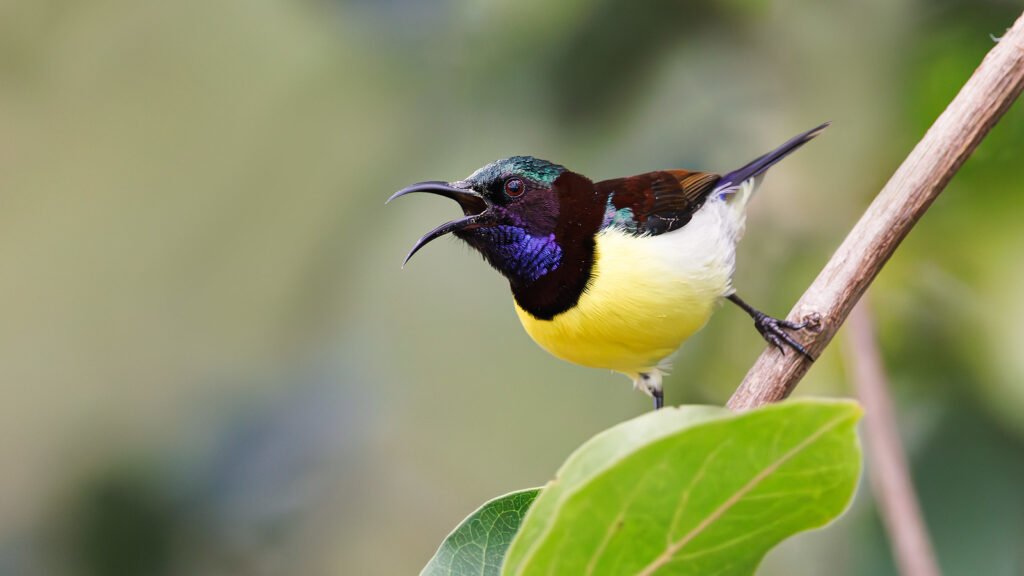
Flat Bill:
A flat bill refers to a bird’s beak that is broad and flattened, resembling a spatula or paddle. This shape is adapted for specific feeding behaviors, often involving filtering food from water or mud.
Function:
The flat bill is adapted for filter-feeding, allowing birds to extract small organisms from water or mud. The flat, wide shape provides a larger surface area for efficiently filtering out food particles. Flamingos, for instance, tilt their heads upside down in the water, and their specialized bills act like a sieve, separating food from the water.
Examples:
Flamingos are notable examples of birds with flat bills. Their bills are specially designed for filter-feeding in aquatic environments. They use their bills to sweep through the water, capturing small organisms like algae, crustaceans, and insects.

8 thoughts on “Types of Beaks”
For anyone who hopes to find valuable information on that topic, right here is the perfect blog I would highly recommend. Feel free to visit my site Articlecity for additional resources about Search Engine Optimization.
I like the comprehensive information you provide in your blog. The topic is kinda complex but I’d have to say you nailed it! Look into my page Articleworld for content about Blogging.
The way you put together the information on your posts is commendable. I would highly recommend this site. You might also want to check my page Article Sphere for some noteworthy inputs about Counterfeit Money for Sale.
That is the proper blog for anyone who desires to seek out out about this topic. You realize a lot its nearly laborious to argue with you (not that I actually would need…HaHa). You positively put a new spin on a subject thats been written about for years. Great stuff, just nice!
I would like to convey my appreciation for your kindness giving support to men and women that require assistance with the area. Your special dedication to passing the solution throughout turned out to be extremely beneficial and has frequently allowed associates like me to achieve their targets. Your amazing insightful guidelines means a lot a person like me and far more to my peers. Thanks a lot; from all of us.
Huge thanks! 💙
Do you mind if I quote a few of your articles as long as I provide credit and sources back to your site? My blog site is in the exact same area of interest as yours and my visitors would certainly benefit from a lot of the information you present here. Please let me know if this okay with you. Thanks a lot!
I think you have observed some very interesting details , regards for the post.